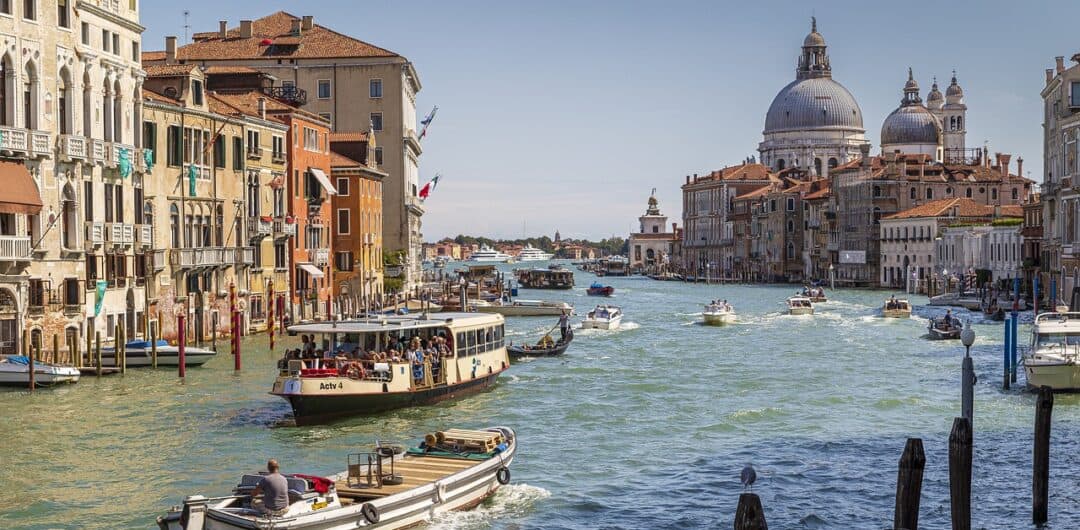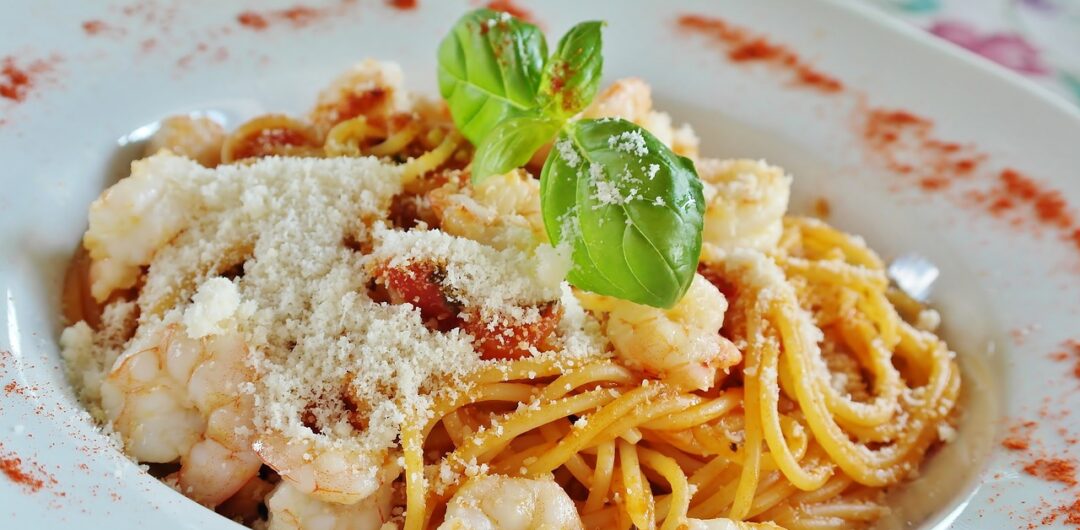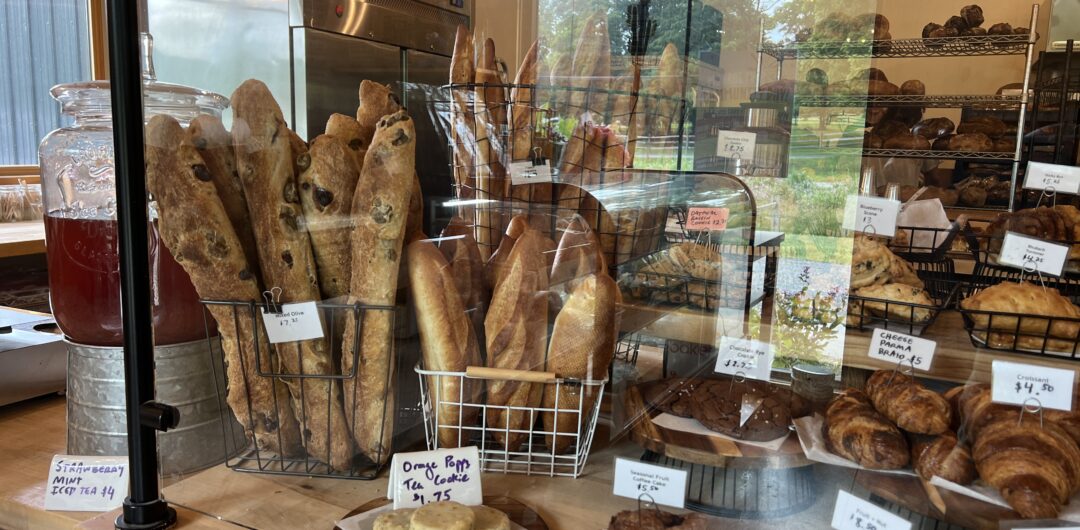Everyone has different ideas about how to experience another city or country. As a culinary tourist, you can take a slower approach and take in more of what a place has to offer than its resorts and visitor spots. From immersion to deeper connections, here are some fine examples of delicious culinary tourism and how you can take a deep dive into delicious, local cuisine.

Culinary Tourist: Linking Cuisine and Locations
Taking the time to truly experience a stunning location takes more than a walking trip or a museum visit. You only get a real sense of a place by speaking with the people, taking in the cultural landscape and of course, sampling the food. Places like Italy are among the most popular countries to visit, for obvious reasons. Excursions such as private tours in Tuscany and other stunning regions, like Amalfi, offer you the chance to really absorb all this nation offers.

Culinary Tourist: More Immersive Experiences
When you take it slow through a place you are visiting, you can stop and smell the roses or, more importantly, what’s cooking! Instead of established brands known by everyone who visits, you can immerse yourself in the wonders of local cuisine as you stop by local eateries favored by the locals.
From experiences like these, you will also connect more closely with local food producers, such as artisanal produce crafters, who often offer classes and hands-on experiences. I can’t even count how many times I’ve come home with a backseat full of produce and bread from my travels! Not only do I get to enjoy the food from my travels a bit longer, but I can also share it with my family if they’re not traveling with me.
The Culinary Tourist is More Sustainable
Many popular places in the world rely on tourism. Without tourists, some regions would struggle to sustain themselves. For instance, the Caribbean depends on the travel and tourism sector for over $60 billion of its annual income.
Sustainability is among the most popular and unique travel trends people are engaging with, and alongside culinary tourism, there are many benefits for underserved locations. Food tourism usually aligns with sustainability practices, contributing to support for local food producers and businesses and reducing the environmental impact.

Culinary Tourism: A Deeper Understanding
Engaging with the people you meet along the way is one of the attractions for tourists who love going off the beaten path. When it comes to food, you will meet people genuinely passionate about what they do.
For artisanal producers, from cheesemakers to beer distillers, it’s not about business, it’s about love for their craft. For these people and the community they serve, food is a central part of their culture, and a glimpse of this forges deeper connections to the place.
An Authentic Travel Experience
The time of the branded holiday resort is coming to an end. Today, travelers want a more authentic experience, which is also a better use of money. When you immerse yourself into something unique to a place, such as experiencing genuine local cuisine, you open yourself up to a more authentic adventure, and this is what great travel experiences are made of!
In the spirit of community and harmony, you will also enjoy yourself more by sharing meals with locals. Whenever I travel, I adore immersing myself in the local cuisine scene. If you need recommendations on where to dine, feel free to ask the concierge or front desk staff at your hotel or resort. If you enjoy perusing the internet for ideas and dining suggestions, keep in mind that one man’s idea of a bad meal may not be yours.
